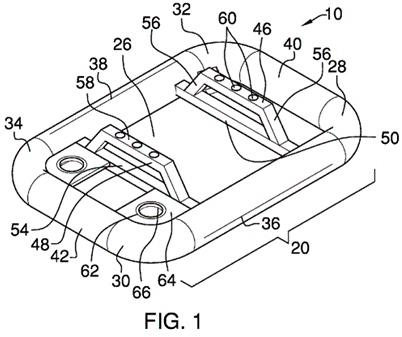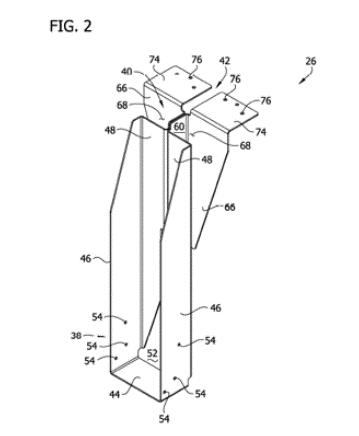The US Court of Appeals for the Federal Circuit affirmed a district court’s ruling that patents applying established machine learning methods to new data are not patent eligible under 35 U.S.C. §101. Recentive Analytics, Inc. v. Fox Corp. et al., Case No. 23-2437 (Fed. Cir. Apr. 18, 2025) (Dyk, Prost, Goldberg, JJ.)
Recentive sued Fox, alleging infringement of four patents designed to tackle long-standing challenges in the entertainment industry – namely, optimizing the scheduling of live events and refining “network maps,” which determine the content aired on specific channels across various geographic markets at set times. These patents aim to streamline broadcast operations and enhance programming efficiency.
The patents at issue can be divided into two categories: network maps and machine learning training. The machine learning training patents focus on generating optimized event schedules by training machine learning models with parameters such as venue availability, ticket prices, performer fees, and other relevant factors. The network map patents describe methods for dynamically generating network maps that assign live events to television stations across different geographic regions. These methods utilize machine learning to optimize television ratings by mapping events to stations and updating the network map in real time based on changes to the schedule or underlying criteria. The patents’ specifications explain that the methods employ “any suitable machine learning technique” using generic computing machines.
Fox moved to dismiss on the grounds that the patents were subject matter ineligible under § 101. Recentive acknowledged that the concept of preparing network maps had existed for a long time. Recentive also recognized that the patents did not claim the machine learning technique. Nonetheless, Recentive argued that its patents claimed eligible subject matter because they involve using machine learning to generate custom algorithms based on training the machine learning model. Recentive characterized its patents as introducing “the application of machine learning models to the unsophisticated, and equally niche, prior art field of generating network maps for broadcasting live events and live event schedules.”
The district court disagreed and granted Fox’s motion. Applying the Alice framework, at step one, the court determined that the asserted claims were “directed to the abstract ideas of producing network maps and event schedules, respectively, using known generic mathematical techniques.” At step two, the court determined that the machine learning limitations were no more than “broad, functionally described, well-known techniques” that claimed “only generic and conventional computing devices.” The court denied Recentive’s request for leave to amend because it determined that any amendment would be futile. Recentive appealed.
For the Federal Circuit, this case presented a question of first impression: whether claims that do no more than apply established methods of machine learning to a new data environment are patent eligible.
Step One
While Recentive claimed that its machine learning approach was uniquely dynamic and capable of uncovering hidden patterns in real time, the Federal Circuit found these features to be merely standard aspects of how machine learning operates. The Court explained that iterative training and model updates are not [...]
Continue Reading
read more

 Subscribe
Subscribe




